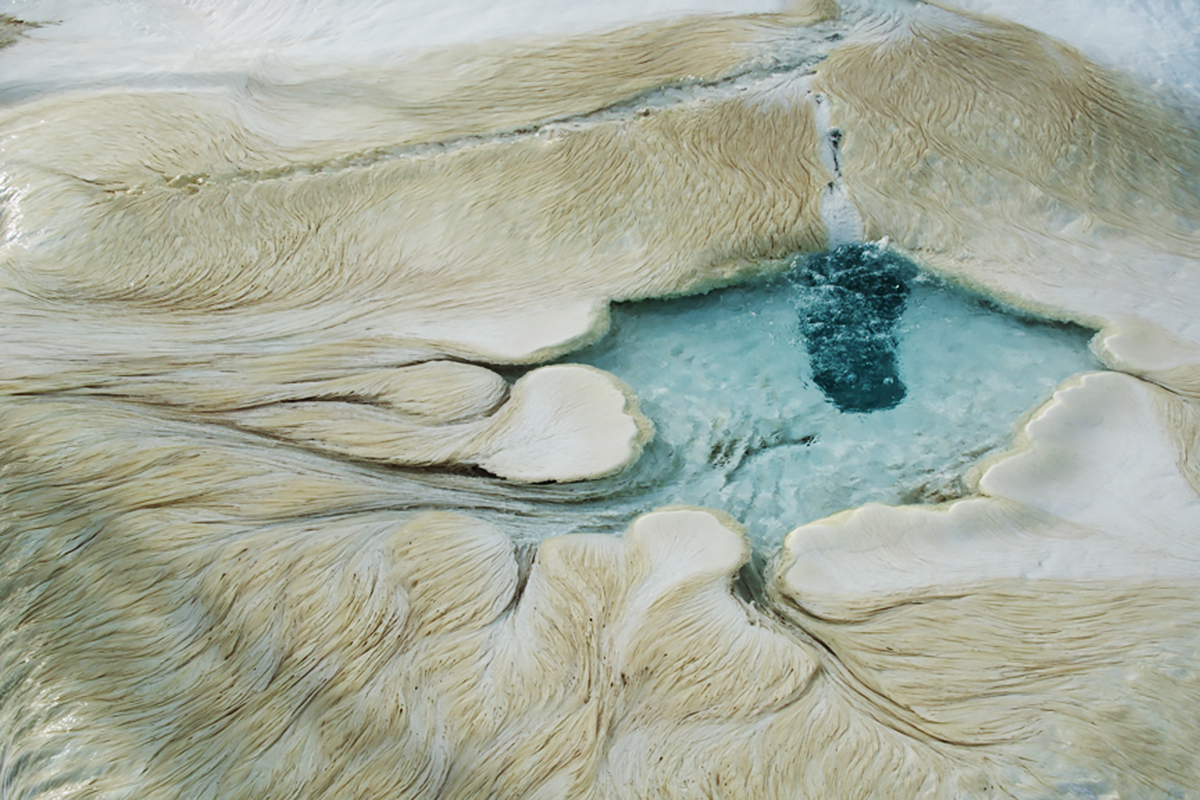According to a new NASA-funded study that appeared in Astrobiology, the next missions to Mars should be on the lookout for rocks that look like “fettuccine”. The reason for this, according to the research team, is that the formation of these types of rocks is controlled by a form of ancient and hardy bacteria here on Earth that are able to thrive in conditions similar to what Mars experiences today.
Continue reading “Rovers on Mars should be searching for rocks that look like pasta – they’re almost certainly created by life”Experience the Glorious Night Sky Over Yellowstone National Park
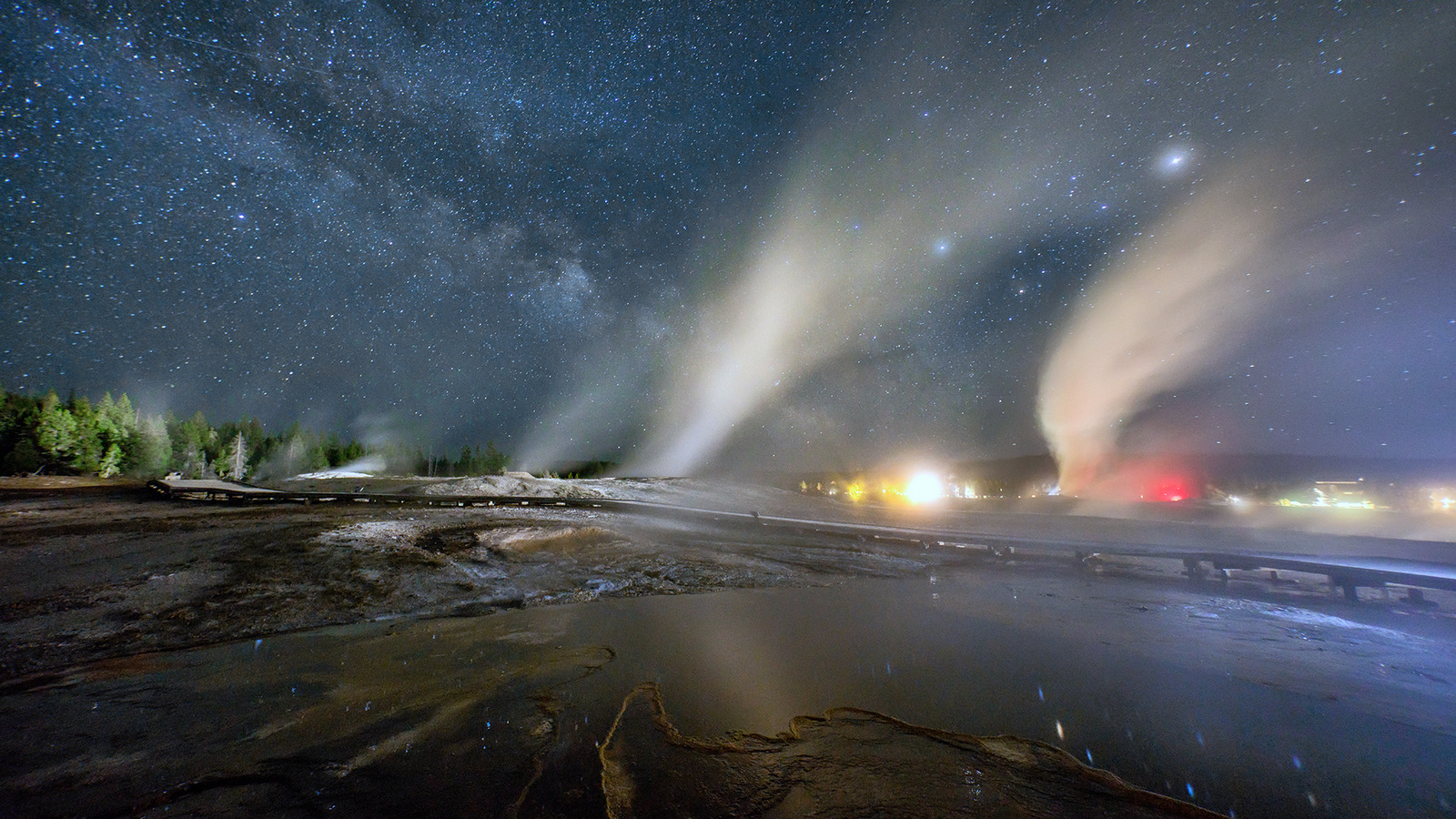
Tomorrow, August 25, 2016, the US National Park Service celebrates its 100th anniversary, and the NPS has been celebrating all year with their “Find Your Park” promotion. But the first national park, Yellowstone National Park, was created 144 years ago. Yellowstone is known for its dramatic canyons, lush forests, and flowing rivers, but might be most famous for its hot springs and gushing geysers.
This new timelapse offers you a chance to “find your dark skies” at Yellowstone, and features the many geysers there, showing the dramatic geothermal features under both day and night skies. But the night skies over these geyser explosions steal the show! It was filmed by Harun Mehmedinovicas part of the Skyglow Project, an ongoing crowdfunded project that explores the effects and dangers of urban light pollution in contrast with some of the most incredible dark sky areas in North America.
SKYGLOWPROJECT.COM : HADES EXHALES from Harun Mehmedinovic on Vimeo.
The Skyglow Project works in collaboration with International Dark-Sky Association, a nonprofit organization fighting to educate the public about light pollution and to preserve the dark skies around the world.
Coming up this weekend, you can enjoy free admission to all 412 national parks from August 25-28, 2016. You can “find your park” and read about special events happening all around the country at FindYourPark.com
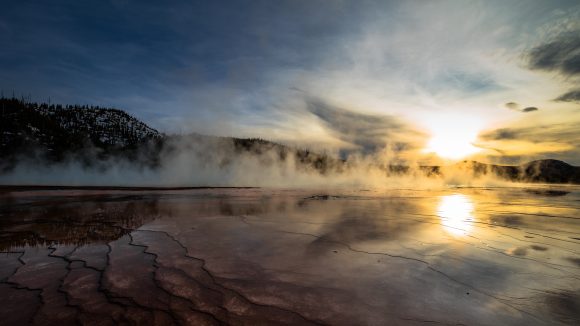
Many thanks to Harun Mehmedinovic and Gavin Heffernan of Sunchaser Pictures for continuing their great work with the Skyglow Project and for sharing their incredible videos with Universe Today. Consider supporting their work, as all donations go towards the creation of more videos and images.
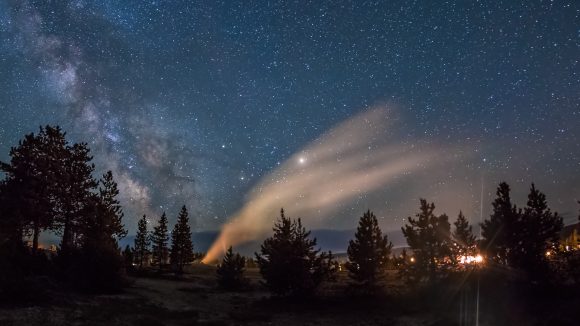
Astrophoto: Old Faithful Geyser Erupts Under a Starry Sky
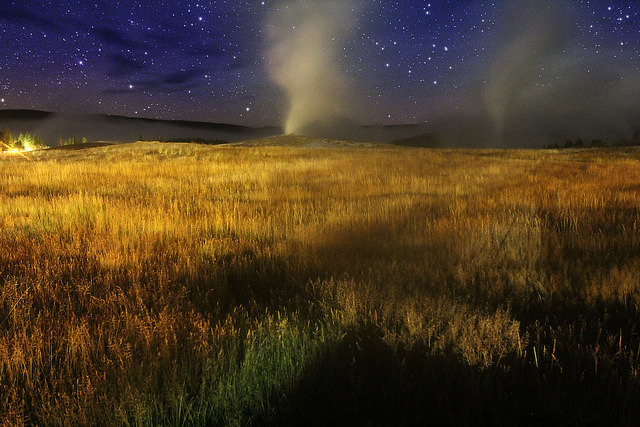
The Old Faithful geyser in Yellowstone National Park in the western US is one of the most predictable geographical features on Earth, as it erupts “faithfully” every 60 – 110 minutes. But you can never predict what the night sky will look like overhead. Astroval1 on Flickr captured this gorgeous shot of the stars over Old Faithful on September 28, 2014, with 30 seconds of exposure time.
Gorgeous!
Just another #MilkyWayMonday shot from Universe Today’s Flickr page! Enjoy browsing through all the great images from our readers and join our group to add your own astronomical imagery.
Want to get your astrophoto featured on Universe Today? Join our Flickr group or send us your images by email (this means you’re giving us permission to post them). Please explain what’s in the picture, when you took it, the equipment you used, etc.
Yellowstone National Park Volcano
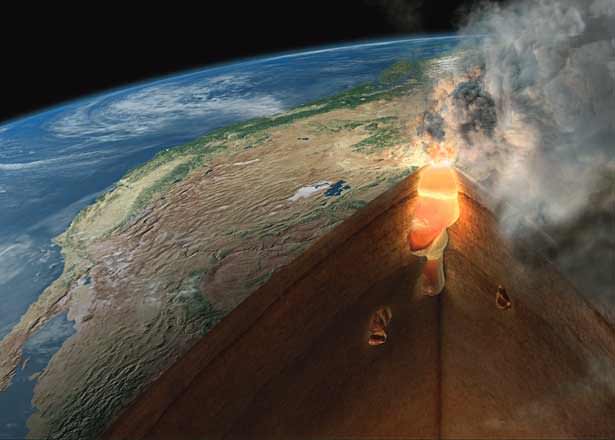
Yellowstone National Park is known for its geysers, but did you know that it is also the site of one of the world’s largest volcanoes? The same geologic activity that causes the multitude of geysers in the park is also responsible for the huge volcano located there. Scientists estimate that it is one of the largest volcanoes in the world, and so far it is the largest volcano in North America.
The volcano is 55 km by 72 km in size. Yellowstone’s volcano is in the class of super volcanoes due to its size. There is no exact definition for what qualifies as a super volcano; however, some scientists have defined it as a volcano with an eruption greater than 240 cubic miles.
Additionally, the Yellowstone Volcano does not look like the popular image of a volcano. Instead of being a conical mountain, it is a large depression in the ground like a cauldron. This type of volcanic feature is known as a caldera. It is very difficult to see the actual shape because it is covered with trees and has eroded over thousands of years.
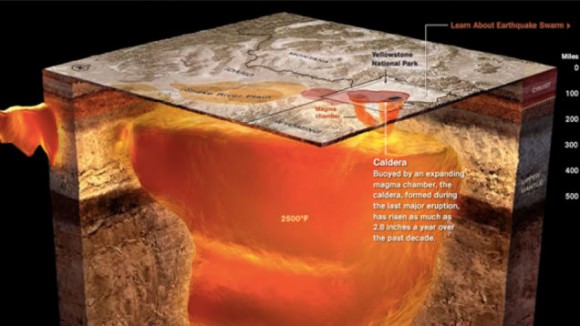
The cause of the volcano is the hotspot on which Yellowstone is located. At a hotspot, molten mantle rock tends to rise toward the surface causing different geological activity. Volcanic eruptions from the hotspot also helped form the Snake River Plain.
Not only do volcanic eruptions occur around the Yellowstone region, but the area also experiences many earthquakes. The region experiences around 1000 to 2000 earthquakes each year, although most of them are usually quite small.
Despite the fact that the volcano has not erupted in hundreds of years, it is still active. This is a concern to scientists who have placed sensors around Yellowstone, so the volcano is continually monitored. The possible eruption of the Yellowstone Super volcano is of concern because of the enormous destruction it would cause. The last eruption was believed to be approximately 640,000 years ago.
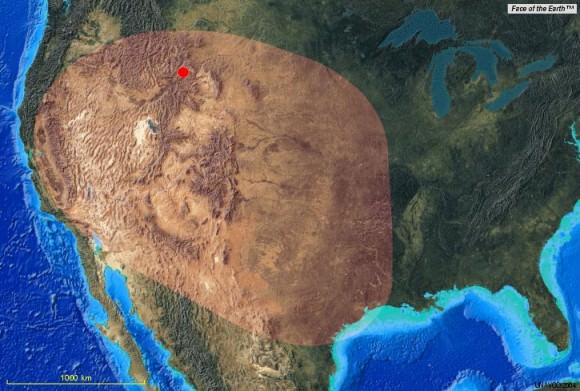
The eruption was on such a scale that it made the 1980 Mount St. Helen’s eruption look like nothing and result in damage and destruction many miles around. Scientists estimate that the other two eruptions from the Yellowstone Super volcano came over one and two million years ago. Since the volcano is still active, there is always a possibility it will once again erupt.
However, scientists do not anticipate that there will be another eruption in the near future, at least one on such a massive scale.
Universe Today has articles on Yellowstone eruption and Yellowstone Super Volcano.
For more information, try Yellowstone Volcano and Supervolcano.
Astronomy Cast has an episode on volcanoes hot and cold.
Sources:
http://en.wikipedia.org/wiki/Yellowstone_Caldera
http://volcanoes.usgs.gov/yvo/

